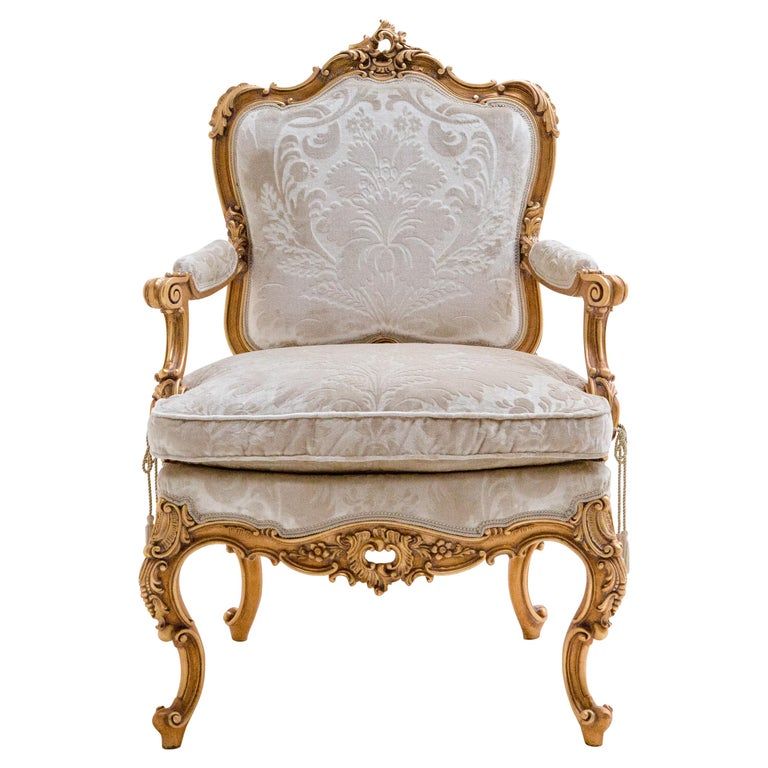
Baroque furniture is a style of decorative arts that was popular in Europe during the 17th and 18th centuries. Characterized by its ornate and elaborate design, Baroque furniture features intricate detailing, curves, and embellishments that exude opulence and grandeur. Common materials used in Baroque furniture include rich woods such as walnut, ebony, and rosewood, as well as luxurious fabrics like velvet and silk. This style of furniture often incorporates gilding, carving, and inlay work, creating pieces that are both visually stunning and rich in detail. Baroque furniture was often commissioned by royalty and the aristocracy, and can be found in palaces, grand estates, and museums around the world. Today, Baroque furniture remains highly sought after for its timeless beauty and craftsmanship, with many collectors and enthusiasts appreciating its historical significance and artistic value.
Baroque furniture is characterized by its opulence, intricate designs, and grandeur. Originating in Italy in the early 17th century, Baroque furniture quickly spread throughout Europe, becoming a popular choice among royalty and the aristocracy. The style is known for its elaborate carvings, gilt accents, and luxurious fabrics, making it a symbol of wealth and power.
One of the key features of Baroque furniture is its ornate detailing. Carved motifs such as acanthus leaves, scrolls, and cherubs are common in Baroque pieces, adding a sense of drama and elegance. Gilt accents, such as gold leaf or gold paint, were often used to highlight these intricate carvings, further emphasizing the luxurious nature of the furniture. Fabrics such as velvet and silk were also popular choices for upholstery, adding to the sumptuousness of Baroque furniture.
Despite its opulence, Baroque furniture was also highly functional. Many pieces were designed with specific purposes in mind, such as storage, seating, or dining. Chests of drawers, bureaus, and armoires were often made with intricate detailing, showcasing the craftsmanship of the furniture makers. Chairs and sofas were also made with comfort in mind, featuring padded seats and backs for a luxurious seating experience. Overall, Baroque furniture not only served a practical purpose but also added a sense of grandeur and sophistication to any interior.
 Decoration Ideas
Decoration Ideas










